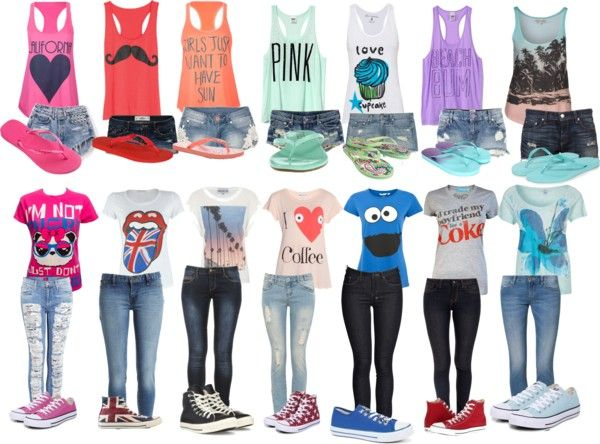Covid’s Effect on Life and Style
Covid impacted the way we dressed and lived in a few different ways, both once we started learning and working remotely, and after we were allowed back out into collective society. Before covid, people wore simple stuff, a button up shirt and trousers, or a simple pencil skirt and stockings for work. Shirts and jeans for school, etc. We all dressed simply and comfortably. That's why the clothing in the 2010's is generally categorised as missme jeans, baggy hoodies, and lots of graphic t-shirts. We wore relatively tame clothing. Lots of what we'd probably consider sort of cringe now.Then covid hit and we all moved inside. This is where everything began to change. During the first year or so we no longer really cared about clothing, because if no one is going outside any more why dress up at all. That is when all the focus was placed on your face, during zoom calls. Because of this there became a heavy interest in accessories and makeup. Flashy earrings, colourful complicated makeup, bold hair clips. All things you could have from your bust up, because that's all people ever saw or cared about. There was no need to dress up your whole body because all anyone ever looked at was your face. Shirts and pants no longer mattered, so people paid far more attention to what their faces looked like, because now that's all that mattered. This is where the "core" aesthetics originated from. Where we used to all have in person circles, now lots of people have online friends. Digital pen pals they've befriended during a time where in person connections were impossible.
This quarantine also affected how we live, with the aspect of us all being online 24/7. Now we had nothing better to do than browse the internet. This caused people to reach for any human connection they could get, given that now they never saw anyone in person anymore. This need for human connection influenced people to form lots of small little minor subgroups and from them subcultures online. Desperate to connect to people and feel normal again, lots of hyperspecific aesthetics and subcultures spawned.
After the first year of covid, once we were all let back outside again, fashion developed and changed once more, however this time with masks as a new accessory. Now half our face is covered at all times, so the makeup has been halved. Here lots of people had formed their own styles with their makeup and accessories. This is where outfits began to evolve and hair got interesting. Now that people can see each other again, outfits also took off more. Now people have crazy makeup and hair and accessories, but all their old, simple clothing. In order to match their new styles and newfound aesthetics, people began to buy more exotic clothing, and dress more colourfully to offset the drab and grey vibe of the time.
Finally, the last year of the covid panic. When we can take off the masks. Now fashion has evolved into hyper specific subcultures and aesthetics that people dress as. People have formed identifying styles in order to match the extravagant makeup that we wore during the zoom interactions we had while covid began, the hair we had once we were allowed back outside with masks on, and now the accessories we wore during the pandemic. From there, the sudden freedom of expression we had been deprived of, and the tight online and now in person aesthetic circles we have, the aesthetics and fashion we developed multiplied. Now, there are very recognisable and popular "core" aesthetics, and within these there are also smaller more niche fashions for anyone that doesn't fit into the "main ones".
